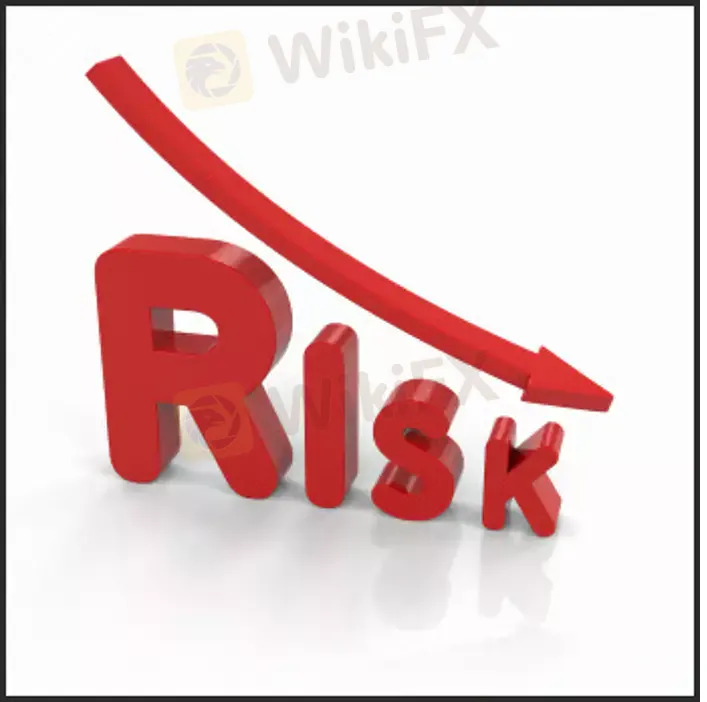简体中文
繁體中文
English
Pусский
日本語
ภาษาไทย
Tiếng Việt
Bahasa Indonesia
Español
हिन्दी
Filippiiniläinen
Français
Deutsch
Português
Türkçe
한국어
العربية
Volatility Risk
Abstract:Volatility Risk The volatility of a security is defined as the change in the asset in percentage terms on an annualized basis. Most investors are cognizant of volatility as it relates to returns on their portfolio especially if the market is moving lower. Volatility can be gauged in many ways

Volatility Risk
The volatility of a security is defined as the change in the asset in percentage terms on an annualized basis. Most investors are cognizant of volatility as it relates to returns on their portfolio especially if the market is moving lower. Volatility can be gauged in many ways and there are a number of popular matrixes that are used to monitor volatility risk.
Measuring Volatility
Most investors view volatility as a measure of an adverse move of their portfolio. In fact, volatility pertains to both upward movements in a security as well as downward movements of a security. The most common way to measure volatility is to determine the standard deviation of the returns of a financial instrument or portfolio.
The reason volatility risk is important is that investors should be paid as the risk increases. Risk is directly related to volatility and increases along with increases in the volatility of a security. There are a number of ways to measure the volatility of a portfolio which including the Sharpe Ratio.
Sharpe Ratio
William Sharpe created a formula in an effort to measure the accuracy of a portfolio relative to the volatility of the underlying returns. The Sharpe ratio measures risk-adjusted returns and divide this measurement by the standard deviation of the average-returns. This tells you how much volatility you need to accept to achieve the returns you desire. The higher the Sharpe ration the more return you receive for a specific amount of volatility. For example, a Sharpe ratio of 2 says that an investors receives twice as much return for the amount of volatility taken.
Historical Volatility
Historical volatility is measured as the standard deviations of a specific period calculated on an annualized basis. For example, a historical volatility of 30% reflects a security that has moved 30% from one point to another over the course of a year.
When a financial security has a higher volatility relative to a comparable benchmark, the security is described as having a high beta.
Beta
The beta of the security is a measurement in which the number reflects its relationship to its benchmark, with the number 1, reflecting a neutral reading. A security with a beta of 1 would move in tandem with its benchmark. A security that is less than one is less volatile than its market benchmark, while betas that are greater than 1 are more volatile than their benchmark.
Hedging
The volatility risk of a portfolio can be hedge with a number of financial instruments including options and indexes. Options are the right but not the obligation to purchase or sell as security at a specific price on or before a certain date. An option is priced based on implied volatility which assists in the process of hedging volatility risk. Implied volatility risk is known as the Vega or a security. To hedge a portfolio of stock, and invest can use a put option which give the investor the right to sell a security or index and therefore would protect the investor against an adverse move in stocks. Volatility risk is important to understand as it is prevalent in all portfolios.

Disclaimer:
The views in this article only represent the author's personal views, and do not constitute investment advice on this platform. This platform does not guarantee the accuracy, completeness and timeliness of the information in the article, and will not be liable for any loss caused by the use of or reliance on the information in the article.
Read more

CySEC Revokes UFX Broker Licence as Reliantco Halts Global Operations
The Cyprus Securities and Exchange Commission (CySEC) has officially withdrawn the Cyprus Investment Firm (CIF) licence of Reliantco Investment Limited, the operator of UFX.com. This decision followed a six-month period during which the company failed to provide any investment services or perform investment activities.

Elon Musk Sparks Debate Over Presidential Power and Federal Reserve Independence
Elon Musk has voiced his support for the controversial idea that United States presidents should have a role in shaping Federal Reserve policies. This endorsement aligns with recent remarks from President-elect Donald Trump, who has hinted at revisiting the central bank's independence, a long-held tradition in the nation's financial governance.

Consob Sounds Alarm: WhatsApp & Telegram Users Vulnerable to Investment Scams
Italy's financial regulator, Consob, has raised alarms over an increase in fraudulent schemes targeting investors through mobile messaging platforms such as WhatsApp and Telegram.

Crypto 101: Coins vs Tokens
For those new to the world of cryptocurrency, terms like "coin" and "token" may seem interchangeable. However, understanding the distinction between these two digital assets is crucial for navigating the crypto landscape. Both coins and tokens serve as integral components of blockchain ecosystems, yet they differ in their functionalities, use cases, and the technologies underpinning them.
WikiFX Broker
Latest News
Tokyo Police Arrest 4 for Unregistered FX Trading Scheme
BSP Shuts Down Uno Forex Over Serious AML Violations
ACY Securities Expands Global Footprint with South Africa Acquisition
Rupee gains against Euro
WikiEXPO Global Expert Interview: The Future of Financial Regulation and Compliance
DFSA Warns of Fake Loan Approval Scam Using Its Logo
Consob Sounds Alarm: WhatsApp & Telegram Users Vulnerable to Investment Scams
CySEC Revokes UFX Broker Licence as Reliantco Halts Global Operations
Bitcoin ETF Options Get Closer to Reality with CFTC Clarification
Peso Depreciation to 59:$1 Likely Amid Strong Dollar Surge
Currency Calculator


